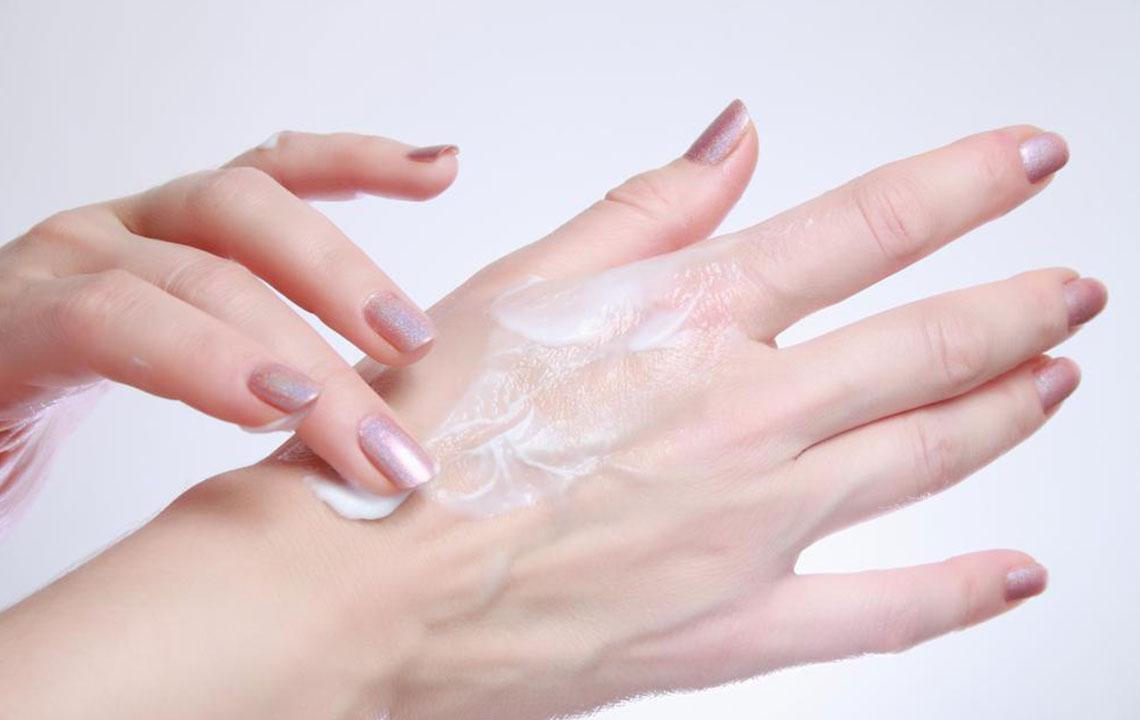Effective Strategies for Managing Postherpetic Neuralgia
Explore comprehensive methods to diagnose and manage postherpetic neuralgia effectively. Learn about medication options, lifestyle remedies, and early intervention strategies to reduce pain and improve quality of life. Consult healthcare professionals for personalized treatments to cope with this chronic nerve pain condition.

Understanding and Treating Postherpetic Neuralgia
Postherpetic neuralgia, a complication of shingles caused by the varicella-zoster virus, impacts nerve fibers and skin, resulting in lingering pain even after the shingles rash heals. Older adults, particularly those above 60, are more susceptible. Although there is no definitive cure, various therapies can alleviate symptoms. The condition is typically confined to the initial shingles episode, often presenting as a rash on one side of the torso. The main concerns include:
Persistent pain lasting over three months post-rash healing.
Patients often report burning, stabbing, or deep aching sensations.
Skin becomes hypersensitive, making even light touch unbearable.
Itching and numbness may also occur around affected areas.
Diagnosis
Most cases are diagnosed clinically without extensive testing. Doctors examine the area’s borders to determine severity.
Treatment Options
Managing postherpetic neuralgia often requires a combination of therapies. Common approaches include:
Lidocaine patches
These medicated patches can be cut to size and applied directly to the painful area for temporary relief.
Capsaicin patches
Derived from chili peppers, these patches provide pain relief when applied by trained professionals after numbing the skin. A single application can offer pain reduction for months.
Anticonvulsants
Medications like gabapentin and pregabalin stabilize nerve activity to reduce pain. Side effects may include drowsiness and dizziness.
Antidepressants
Drugs such as nortriptyline or duloxetine modify brain chemicals to help manage pain, with common side effects like dry mouth or fatigue.
Opioid medications
Severe cases may require prescription opioids such as tramadol or oxycodone. These carry risks like drowsiness, constipation, and potential dependence. Use under medical supervision is critical.
Steroid injections
Injections into the spine are sometimes used, but effectiveness varies, and there is a low risk of adverse reactions.
Home and Lifestyle Measures
Over-the-counter options can help manage symptoms:
Capsaicin cream
Applying capsaicin cream may ease pain, though it might cause temporary burning or irritation. Use gloves and wash hands after application.
Topical analgesics
Non-prescription lidocaine or anti-inflammatory creams can reduce skin sensitivity.
Living with postherpetic neuralgia can impact daily activities, causing fatigue, sleep issues, and emotional distress. Early treatment within 72 hours of shingles rash appearance can reduce long-term suffering. Consult a healthcare provider before starting any treatment to ensure safety and effectiveness for a pain-free, healthier life.










